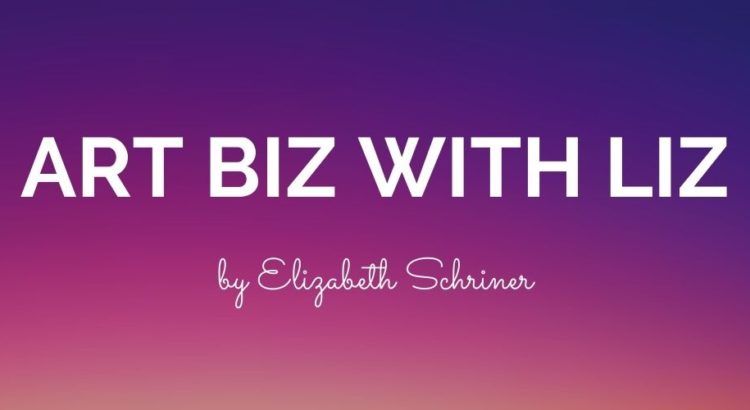It’s been over a year since I’ve been to an in-person concert or performance (besides my own for Grand Night for Singing). While I’m not very well-versed when it comes to classical musical, I’m ecstatic to be seeing the Ann Arbor Symphony Orchestra at Hill Auditorium tonight. I don’t know much about Pictures at an Exhibition, but the A2 Symphony describes it as a 10-piece suite “originally composed for piano in 1874.”
Thinking about the concert tonight, I can’t help but reflect on how the pandemic has affected the arts. It still wows me when I consider the changes that have taken place to keep the arts alive. Prior to the pandemic, I never considered how a concert or other live event might have to navigate public health advice or consult with public health professionals to get the okay to go on. It’s interesting to think about the way some venues have even connected with a team of public health professionals to get advice on reopening strategies. While COVID-19 is an ongoing concern, groups have implemented policies to keep people safe. The Ann Arbor Symphony Orchestra, for example, requires proof of vaccination or a negative test.
Whether live or online, people in the arts have to be resilient. Early on, theaters and art galleries shut down in efforts to mitigate the spread. At the same time, people need the arts to survive dark times. They give us meaning, expression, and a sense of community. For many, the arts help us form connections to family, friends, and strangers around the world. Creativity is one of the key things that has sustained us throughout the pandemic. With means of livelihood threatened, there was no other option for some artists and groups but to adapt quickly to new circumstances. Museum collections moved online, collective concerts were put together, and art classes sent people materials for crafting at home. Artists bonded together, concentrating on their artistic visions and goals just as much as survival.
Moving forward, the unexpected will continue to happen. It’s important for people in the arts to be transparent when it does, which means communicating new information promptly to artists, donors, or the public. Even before the pandemic, I was impressed by the communication and camaraderie of many arts organizations with their staff and public. Throughout the pandemic, these factors have been even more valuable. There’s a mutually beneficial relationship between patrons and artists, and it was tested during a period where everything else fell apart. Sustaining this relationship, which endured even a pandemic, will be key to the arts’ continued success. If there’s one thing I’ve learned, it’s the importance of community support in giving vitality to the arts.
I’m glad to be supporting the arts tonight, and I look forward to be back in Hill Auditorium. We bought tickets before we knew the concert would appear in Passport to the Arts, but if you’re strapped for cash and would love to attend tonight’s concert, you’ll be delighted to find it in this week’s Passport to the Arts. Have a great weekend, everyone!



Leave a Reply
Be the First to Comment!